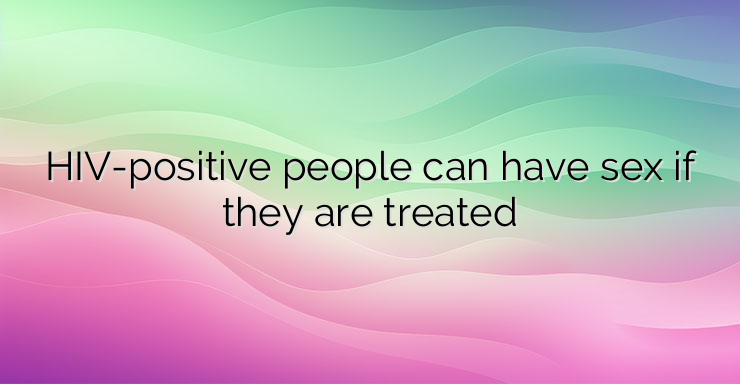Human immunodeficiency virus (HIV)1 is an infection that attacks the body’s immune system, specifically white blood cells called CD4 cells. The virus destroys them, thereby weakening the immune system and putting it at risk of developing infections such as tuberculosis (TB) and certain types of cancer. A patient with a CD4 count below 200 is described in the medical literature as having AIDS (acquired immune deficiency syndrome). The European region of the World Health Organization is committed to achieving the global goal of eliminating AIDS as a threat to public health by 2030. The WHO is adamant that the most effective method of preventing the disease remains its prevention. There are several ways to prevent HIV2, which can potentially be acquired or transmitted sexually, through anal or vaginal sex. If the person is HIV-negative, they can take HIV prevention drugs known as pre-exposure prophylaxis (PrEP) or post-exposure prophylaxis (PEP) drugs. In case the patient is diagnosed with HIV, the most effective therapy is antiretroviral therapy or ART. People with HIV who take their prescribed medications can live long and healthy lives without passing HIV to their HIV-negative partners through sexual contact. This is often called “non-transmissible HIV”. HIV is primarily spread through anal or vaginal sex without a condom or without taking drugs to prevent or treat HIV. Receptive anal sex is the riskiest type of sex for HIV transmission. This is because the lining of the rectum is thin and can allow HIV to enter the body during anal sex. Vaginal sex also carries a risk of HIV infection, although it is less risky than receptive anal sex. In theory, HIV transmission is possible if an HIV-positive man ejaculates in his partner’s mouth during oral sex. However, the risk is still much lower than with anal or vaginal sex. Factors that can increase the risk of transmitting HIV through oral sex are mouth ulcers, bleeding gums, genital sores, and the presence of other sexually transmitted diseases that may or may not be visible. Sexual activities that do not involve contact with body fluids (semen, vaginal fluid, or blood) do not carry the risk of HIV transmission, but may pose a risk for other sexually transmitted diseases. References: 1. HIV/AIDS. World Health Organization – https://www.who.int/health-topics/hiv-aids#tab=tab_1 2. How Can You Prevent Getting or Transmitting HIV through Sex? HIV.GOV – https://www.hiv.gov/hiv-basics/hiv-prevention/reducing-sexual-risk/preventing-sexual-transmission-of-hiv


Leave a Reply